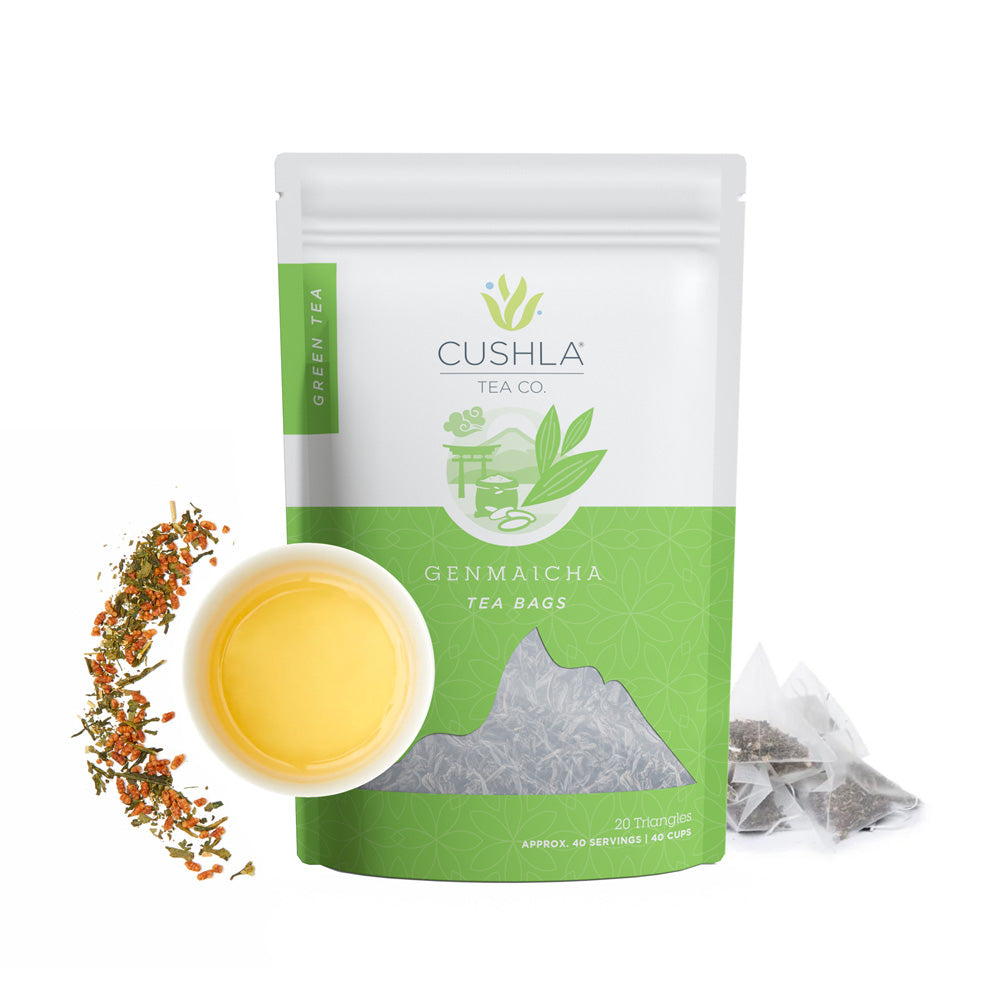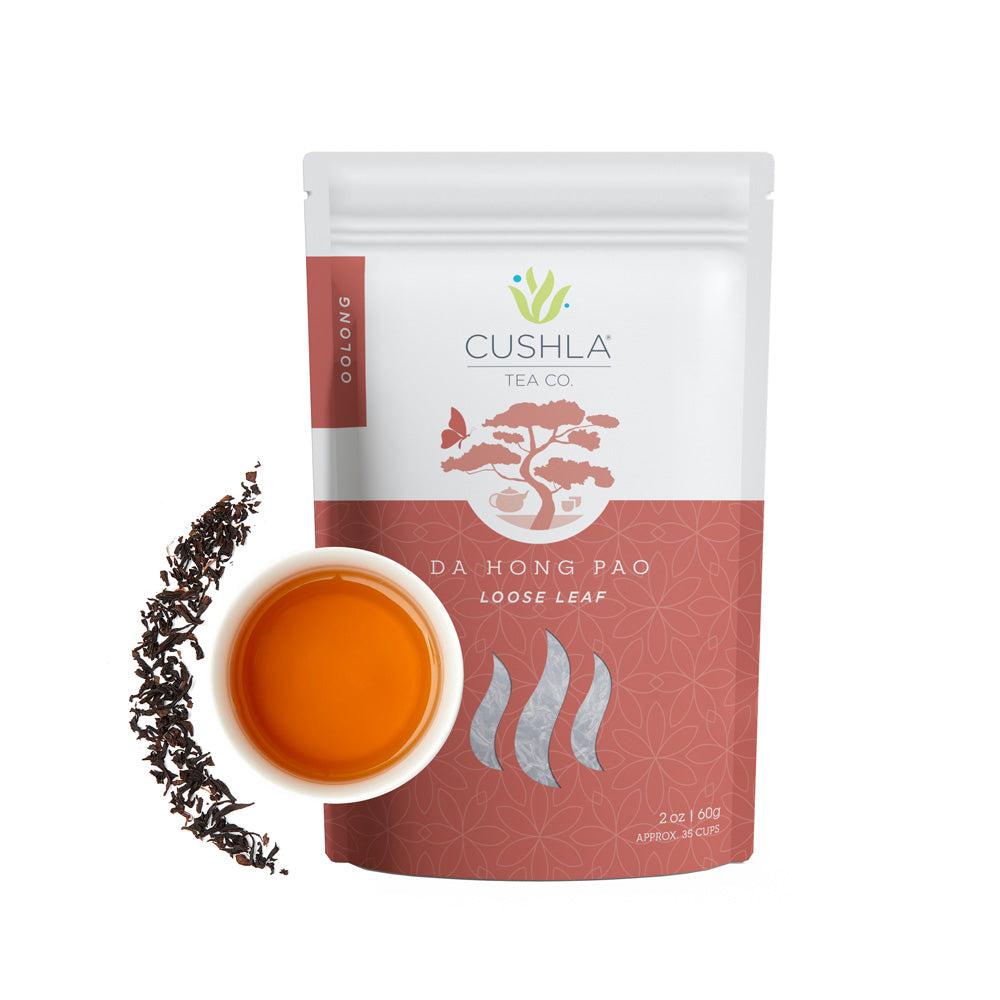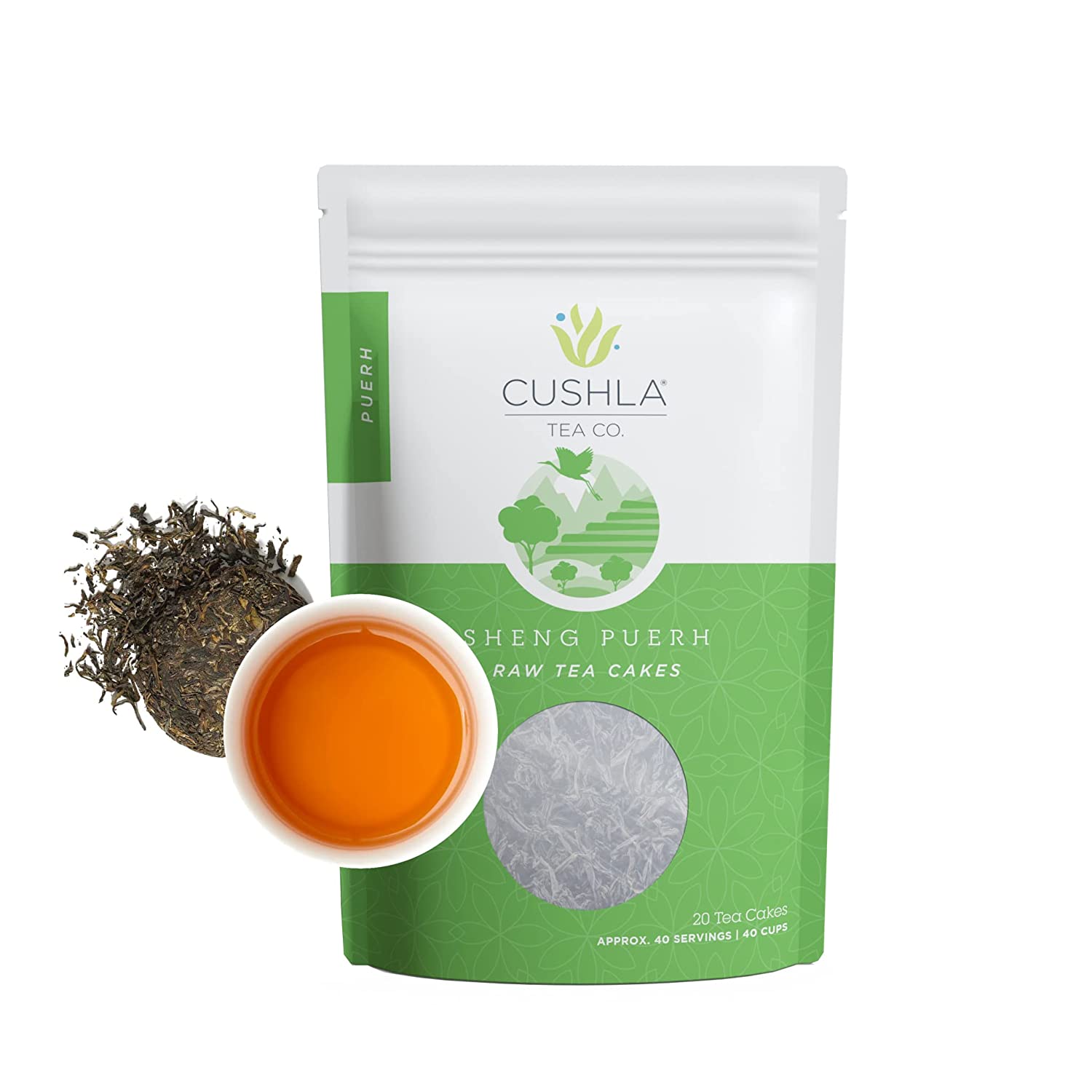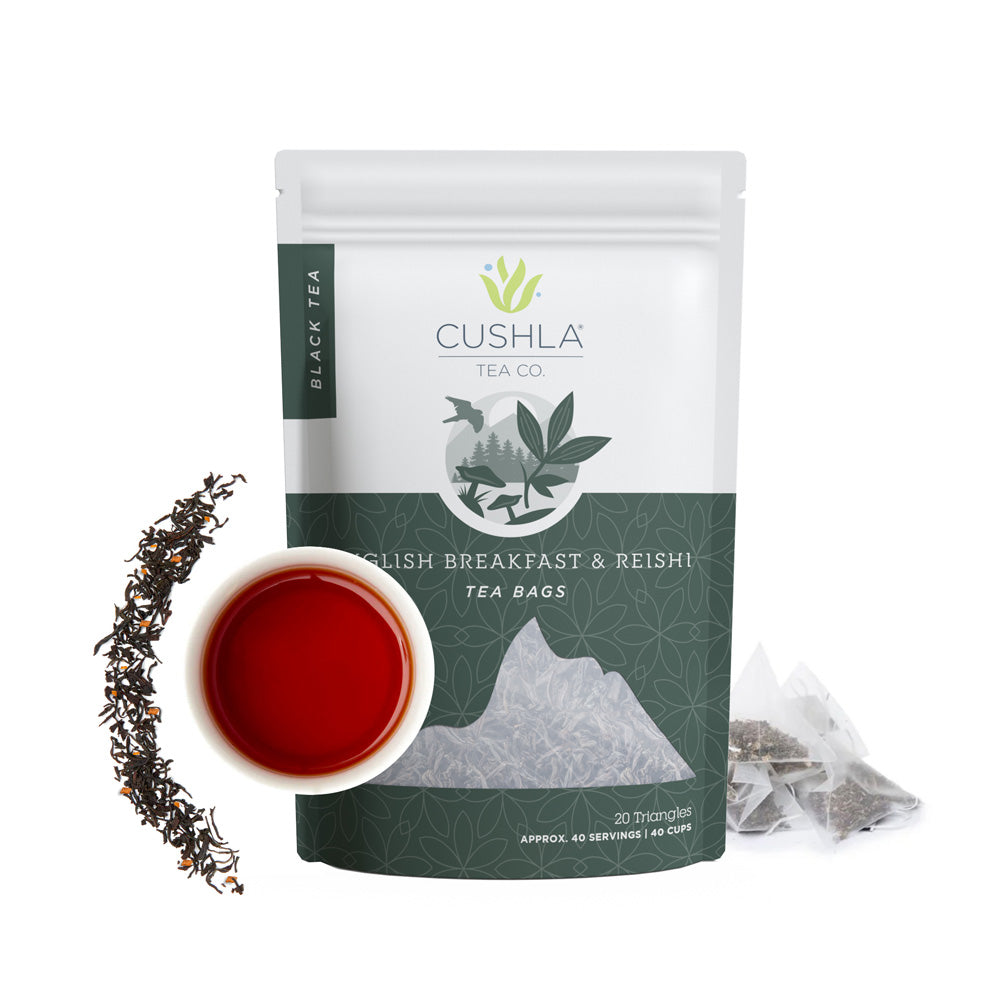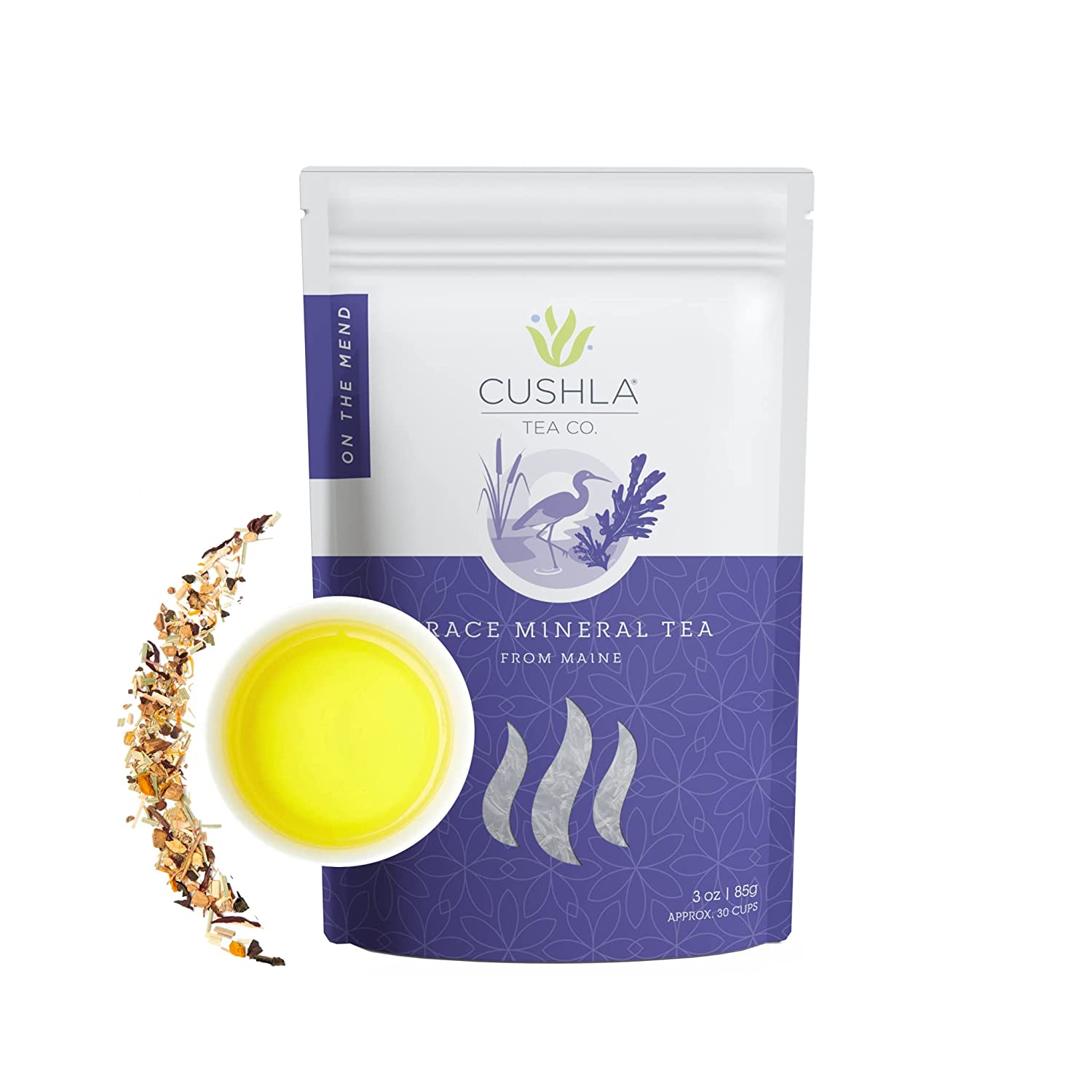Tea, the world's most consumed beverage after water, has a rich history of offering both refreshment and health benefits. But what if we told you that there's a way to elevate your tea-drinking experience to a whole new level of wellness? Enter Ganoderma, a fascinating mushroom with a centuries-old legacy of medicinal use, now finding its way into the world of tea.
Understanding Ganoderma
Ganoderma, scientifically known as Ganoderma lucidum and commonly referred to as the Reishi mushroom, has been revered in traditional Chinese medicine for over two millennia. It earned the nickname "The Mushroom of Immortality" due to its purported health-promoting properties. This unique mushroom is characterized by its shiny, reddish-brown cap and woody texture.
The Health Benefits of Ganoderma
The potential health benefits of Ganoderma are vast and well-documented. It contains a rich array of bioactive compounds, including triterpenoids, polysaccharides, and antioxidants, which contribute to its therapeutic effects. Here are some of the key benefits associated with Ganoderma:Antioxidant Power: Ganoderma is a potent source of antioxidants, which combat free radicals and oxidative stress, potentially reducing the risk of chronic diseases.
- Anti-Inflammatory: The mushroom's anti-inflammatory properties can help alleviate conditions associated with chronic inflammation, such as arthritis.
- Stress Reduction: Ganoderma has adaptogenic qualities, which means it helps the body adapt to stress and maintain balance, reducing stress-related ailments.
- Improved Sleep: Many individuals report improved sleep patterns and reduced insomnia symptoms when regularly consuming Ganoderma.
- Liver Health: This mushroom is believed to support liver function and aid in detoxification.
Ganoderma in Tea
Now that we've explored the wonders of Ganoderma, let's delve into how it can be incorporated into your daily tea routine. Ganoderma tea is becoming increasingly popular for those seeking both the soothing qualities of tea and the health benefits of this remarkable mushroom.
- Ganoderma Tea Blends: Ganoderma can be blended with various types of tea, such as green tea, black tea, or herbal infusions, to create a unique and flavorful beverage. The earthy and slightly bitter notes of Ganoderma complement the nuanced flavors of different teas, offering a delightful fusion of taste and health.
- Pre-Packaged Ganoderma Tea Bags: For those who prefer convenience, pre-packaged Ganoderma tea bags are readily available. These tea bags typically contain a combination of Ganoderma extract and tea leaves, ensuring a hassle-free and consistent experience.
- DIY Ganoderma Tea: To craft your own Ganoderma tea, you can purchase dried Ganoderma slices or powder. Simply steep these in hot water along with your preferred tea leaves or herbs for a homemade infusion. This allows for customization and control over the Ganoderma content.
Tips for Enjoying Ganoderma Tea
- Start Slowly: If you're new to Ganoderma, begin with a moderate intake to allow your body to adjust to its effects.
- Quality Matters: Ensure that you source Ganoderma products from reputable suppliers to guarantee their purity and potency.
- Be Patient: While some may experience immediate benefits, others may need several weeks of consistent consumption to notice significant improvements in health.
In conclusion, Ganoderma's emergence in the world of tea offers tea enthusiasts a unique opportunity to combine the age-old tradition of tea-drinking with the potent health benefits of this revered mushroom. Whether you choose pre-blended Ganoderma tea bags or create your own custom infusions, the synergy between Ganoderma and tea is a delightful and potentially transformative addition to your daily routine. Embrace this ancient remedy in a modern form and experience the harmony it can bring to your well-being, one sip at a time.


